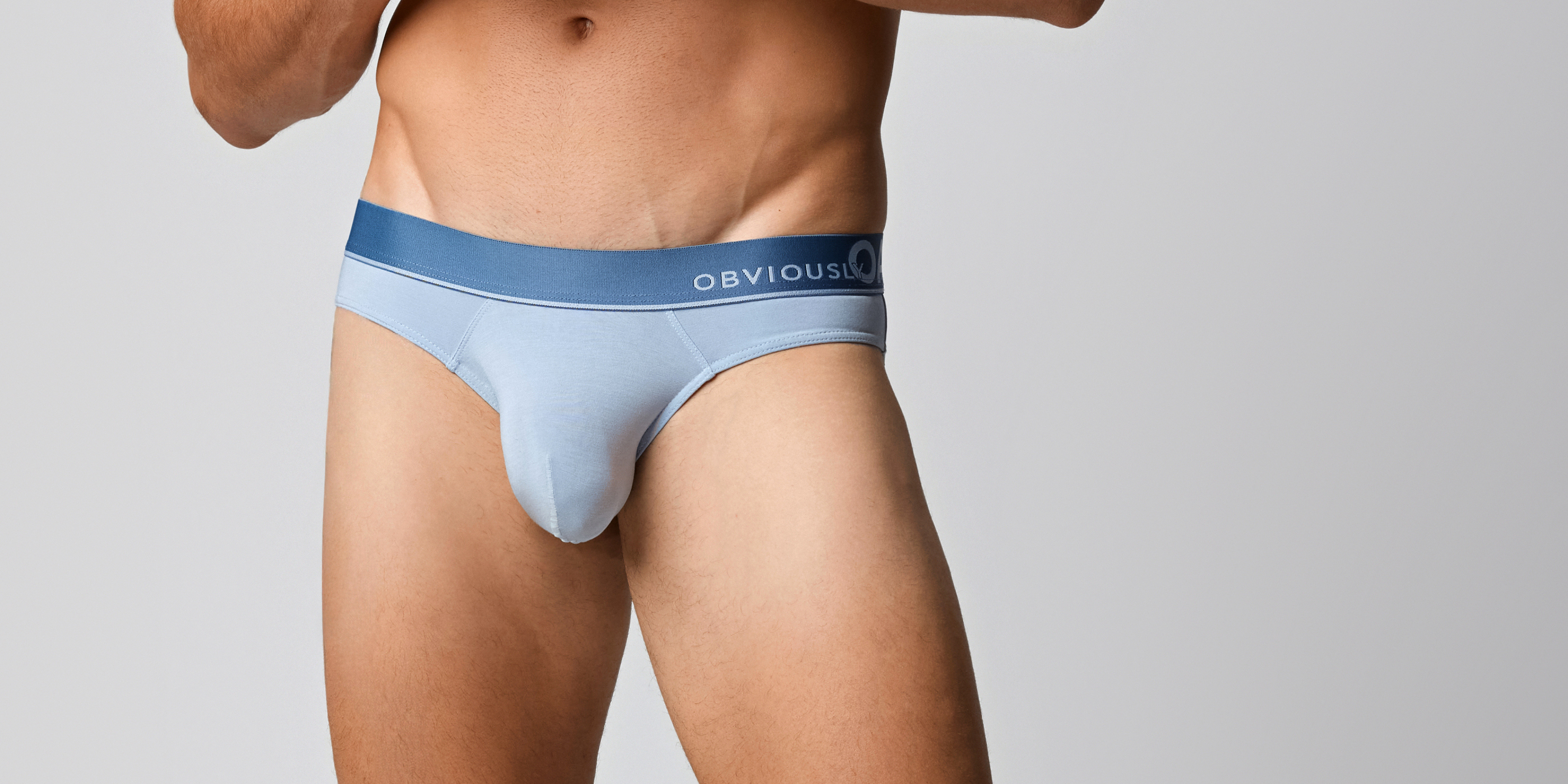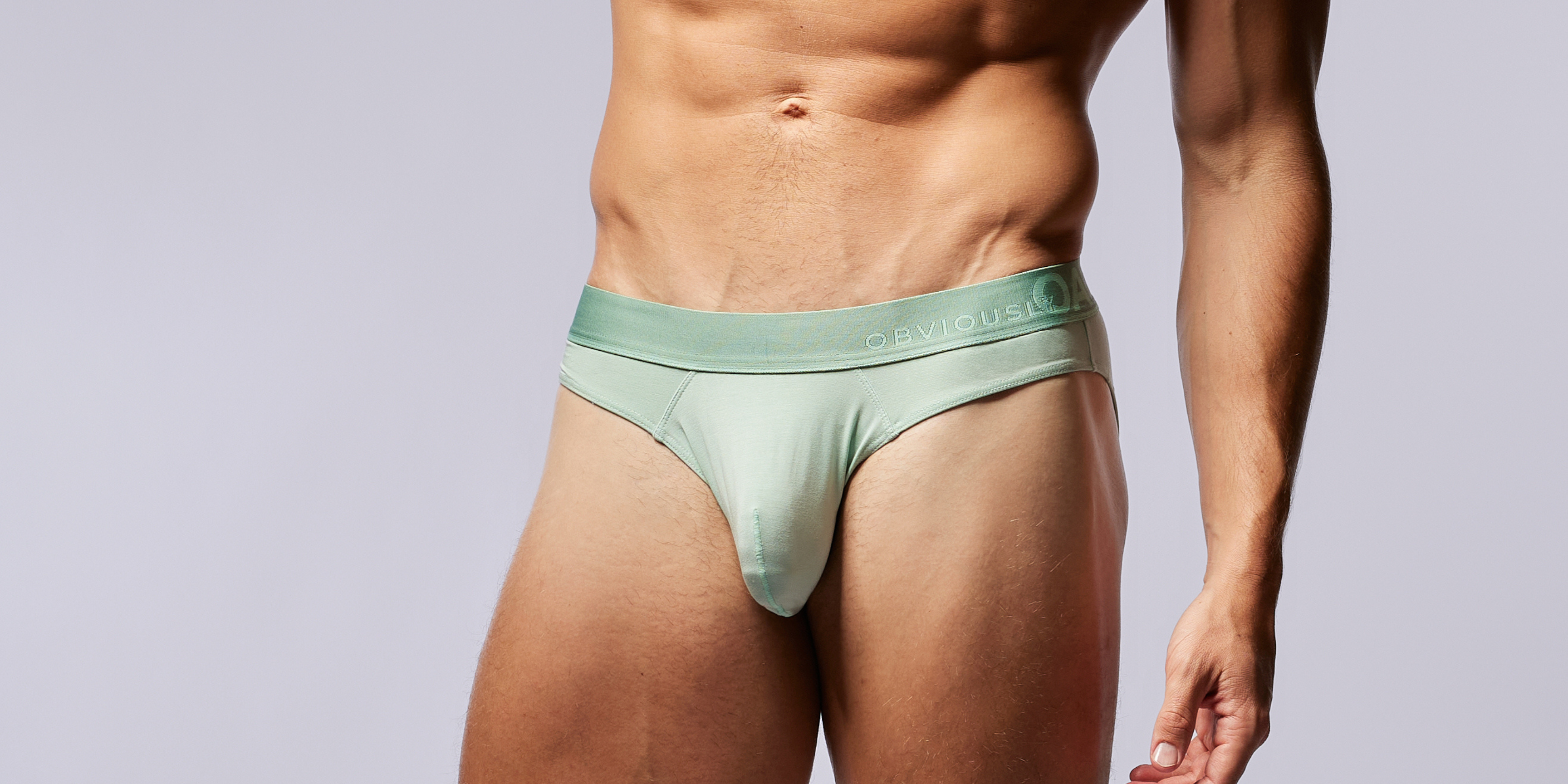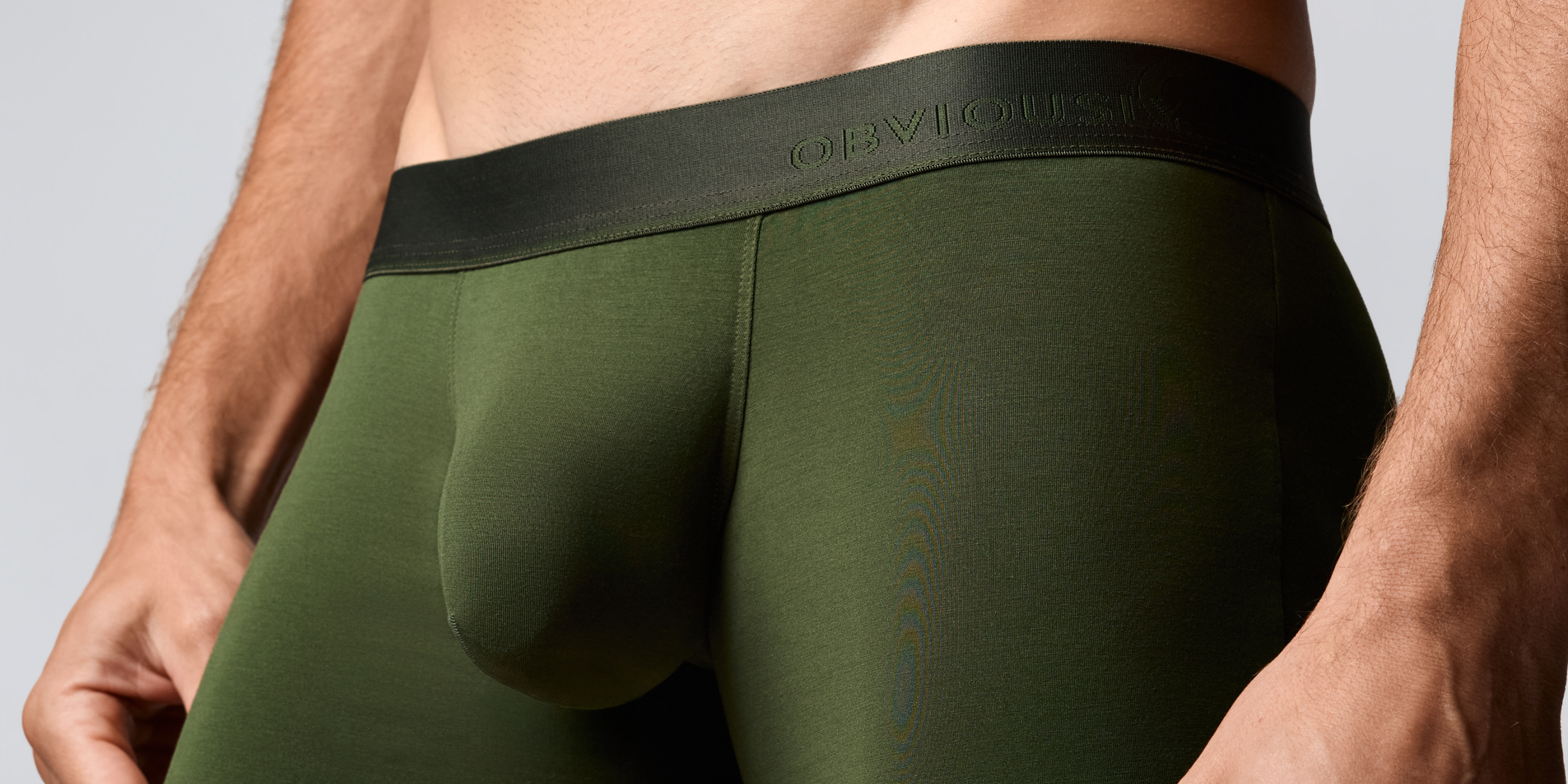
How Do Underwear Sizes Work: Step-by-Step
If you’ve ever stood in front of a sizing chart feeling confused, you’re not alone—underwear sizing can be surprisingly complex. From deciphering S/M/L labels to understanding how different rises and fabrics affect fit, finding the right pair isn’t always straightforward. In this article, we’ll walk you through the step-by-step process of how underwear sizes work, empowering you to shop smarter and feel your best in every pair.
Why Does Getting the Right Underwear Size Matter?
Getting the right underwear size is crucial for both comfort and health. Ill-fitting underwear can cause discomfort, chafing, and even skin irritation, while the right size ensures proper support and freedom of movement throughout your day. A well-fitting pair also helps clothing sit better on your body, boosting your confidence and overall appearance. Additionally, the right size can prevent issues like bunching, riding up, or slipping down, making your daily routine smoother and more comfortable. Ultimately, choosing the correct underwear size is a simple step that can have a significant impact on your well-being and self-assurance.
What Does Underwear Sizing Really Mean?
|
Sizing Term |
What It Means |
What to Look For |
|
Small/Medium/Large |
General size categories used by most brands; may vary between manufacturers. |
Always check the brand’s specific size chart for measurements, as S/M/L can differ widely. |
|
Numeric Sizing (e.g., 32, 34) |
Uses waist measurements in inches or centimeters for a more precise fit. |
Measure your waist at the narrowest point and match it to the brand’s chart for best accuracy. |
|
Rise (Low/Mid/High) |
Refers to how high the underwear sits on your waist or hips. |
Choose a rise that matches your comfort and style preferences—low for below the hips, high for more coverage. |
How Do Underwear Sizes Work: Step-by-Step
Step 1: Understand Sizing Systems
Underwear sizing can be based on general categories like Small, Medium, and Large, or on specific numeric measurements such as waist size in inches or centimeters. Each brand may interpret these sizes differently, so it’s important to always refer to the brand’s own size chart before making a purchase.
Step 2: Take Accurate Measurements
Use a soft measuring tape to measure your waist at its narrowest point, usually just above the belly button. For some styles, you may also want to measure your hips at the widest part. Write down these numbers and compare them to the brand’s sizing guide to find your best match.
Step 3: Consider Fabric and Stretch
Different fabrics offer varying levels of stretch and support. Cotton tends to have less stretch, while blends with spandex or elastane provide more flexibility. If you’re between sizes or prefer a snug or looser fit, take the fabric’s stretchiness into account when choosing your size.
Step 4: Factor in the Rise
The rise refers to how high the underwear sits on your waist or hips—low, mid, or high. This can affect both comfort and fit. Make sure to choose a rise that matches your body shape and personal preference for the best wearing experience.
Step 5: Try On and Adjust
Once you receive your underwear, try it on to assess the fit. It should feel comfortable, offer support, and stay in place without digging in or riding up. If it doesn’t feel right, don’t hesitate to try a different size or style until you find your perfect fit.
What’s the Difference Between Waistband Size and Actual Underwear Size?
The waistband size refers specifically to the measurement around your waist where the elastic band of the underwear sits, typically given in inches or centimeters. Actual underwear size, on the other hand, takes into account not just the waistband, but also the overall cut, fabric stretch, and style of the underwear, which all influence how the garment fits your body. This means two pairs of underwear with the same waistband measurement might fit differently depending on the brand, material, or design. Understanding both measurements helps ensure you choose underwear that feels comfortable, stays in place, and provides the right support for your shape and lifestyle.
How Do I Read an Underwear Size Chart?
|
Size Label |
Numeric Size |
Waist Measurement (in) |
Hip Measurement (in) |
Fit Description |
Notes/Tips |
|
S |
28–30 |
28–30 |
34–36 |
Snug, close-to-body fit |
Good for slimmer builds; check fabric stretch |
|
M |
32–34 |
32–34 |
38–40 |
Standard, comfortable fit |
Most common; works for average proportions |
|
L |
36–38 |
36–38 |
42–44 |
Relaxed, more room |
Ideal if you prefer a looser fit or more coverage |
|
XL |
40–42 |
40–42 |
46–48 |
Extra roomy, high comfort |
Consider if between sizes or for extra comfort |
|
Style/Rise |
— |
— |
— |
Low, Mid, or High Rise |
Affects where underwear sits on your body |
|
Fabric |
— |
— |
— |
Bamboo, Modal, Stretch |
Impacts breathability and how snug the fit feels |
Do Different Styles of Underwear Fit Differently?
Yes, different styles of underwear can fit quite differently due to variations in cut, coverage, and design. For example, briefs typically offer more support and sit higher on the waist, while boxers provide a looser, more relaxed fit with extra leg coverage. Trunks and boxer briefs combine elements of both, offering a snug fit with a longer leg. Thongs and boyshorts each have unique shapes that affect how they hug the body and where they sit on the hips. Additionally, the amount of fabric stretch and the rise—whether low, mid, or high—can further influence the overall fit and feel. It’s important to consider both style and size to find the most comfortable and flattering option for your body and preferences.
How Do Fabric and Stretch Affect Sizing?
Fabric and stretch play a significant role in how underwear fits and feels. Materials like cotton tend to have less stretch, offering a more structured fit, while blends with bamboo, spandex, elastane, or modal provide greater flexibility and can adapt more easily to your body’s shape. Stretchier fabrics can accommodate slight variations in size and are often more forgiving if you’re between sizes, whereas less stretchy fabrics may require a more precise fit to avoid discomfort or restriction. Understanding the fabric composition helps you choose underwear that not only fits well but also moves with you throughout the day, ensuring lasting comfort and support.
Common Underwear Sizing Mistakes to Avoid
- Ignoring the Brand’s Size Chart: Assuming all brands use the same sizing can lead to poor fit; always check each brand’s specific chart before buying.
- Not Measuring Yourself Accurately: Guessing your waist or hip size instead of using a measuring tape can result in choosing the wrong size.
- Overlooking Fabric Stretch: Failing to consider how much stretch a fabric has may cause discomfort or sagging, especially if you’re between sizes.
- Confusing Waistband Size with Overall Fit: Focusing only on the waistband measurement without considering rise, cut, and style can lead to unexpected fit issues.
- Sticking to One Size Across All Styles: Different underwear styles fit differently, so your ideal size may vary between briefs, boxers, trunks, or thongs.
Conclusion
Understanding how underwear sizes work is the key to finding comfort, confidence, and the perfect fit every day. By learning how to read size charts, taking accurate measurements, and considering factors like fabric, stretch, and style, you can avoid common sizing mistakes and choose underwear that truly suits your body and lifestyle. Remember, the right size isn’t just about numbers—it’s about how you feel in your clothes. With a little knowledge and attention to detail, you can make shopping for underwear a simple, satisfying experience that supports your well-being from the inside out.
Final Thoughts
Ever wondered how the right underwear can make all the difference while staying fresh throughout the day? Discover the solution at Obviously Apparel, where you’ll find a premium range designed for comfort, support, and odor control. Explore our collection of boxer briefs, thongs, jockstraps, and trunks—all crafted with an anatomical pouch and made from ultra-soft, breathable bamboo and MicroModal fabrics. Experience the confidence and freshness you deserve with our odor-resistant underwear collection.
Sources


